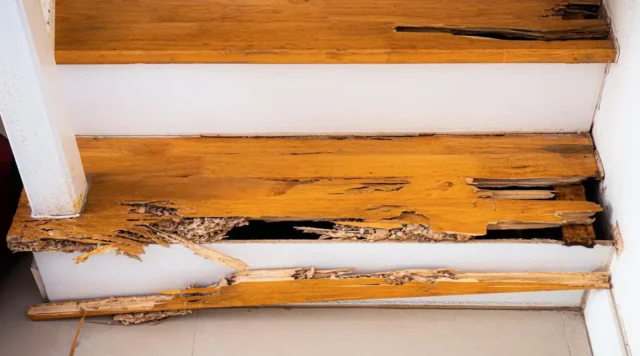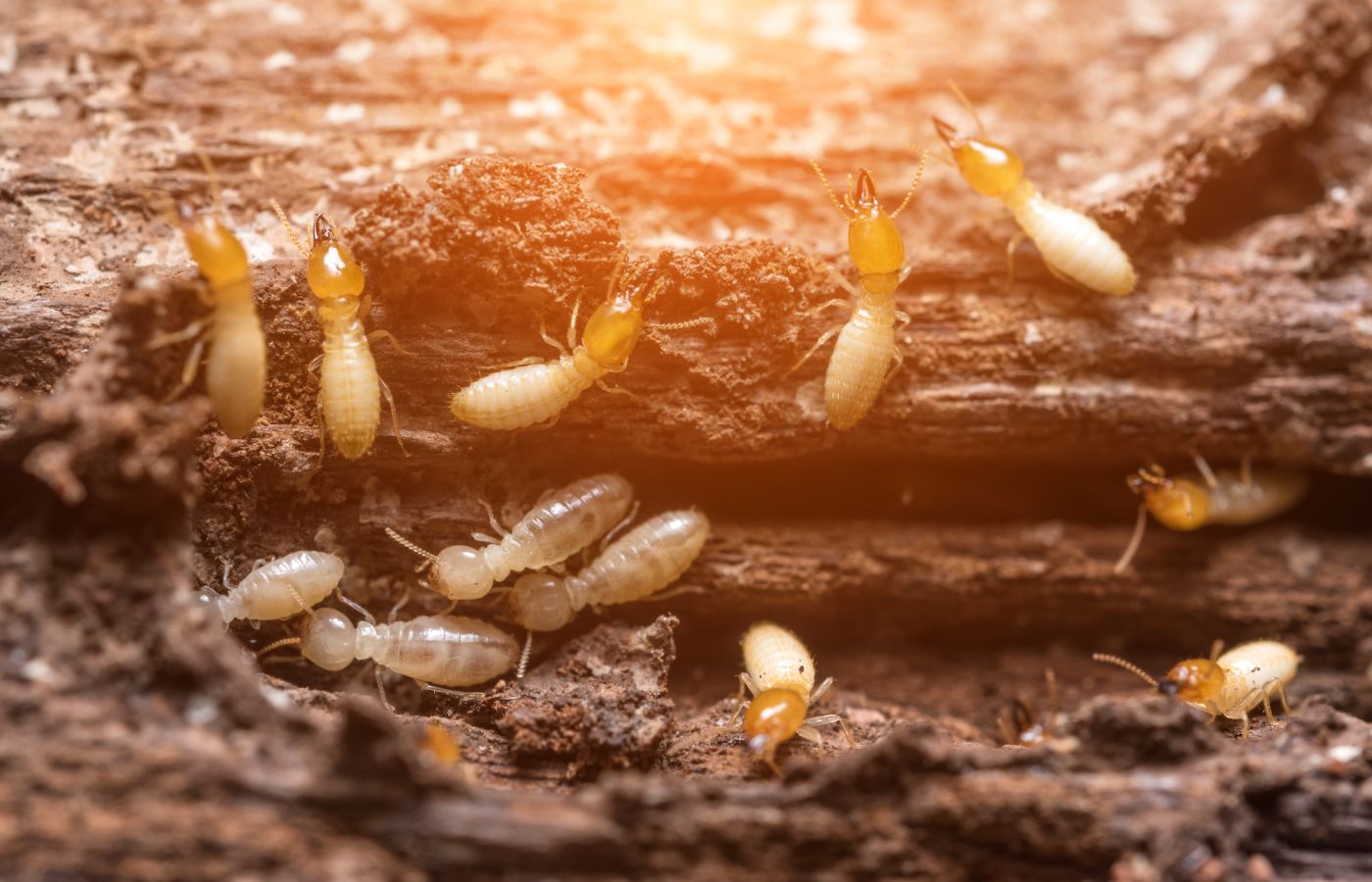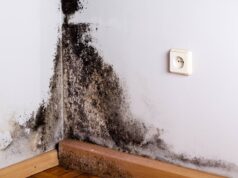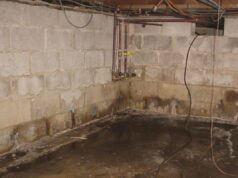
Termites—those silent destroyers—pose a significant threat to homes and structures, often causing extensive damage before they are even detected. In the battle against these relentless pests, homeowners are faced with a critical decision: should they opt for chemical treatments or explore non-chemical alternatives? Each method offers distinct advantages and drawbacks, diving deep into the realms of efficacy, safety, and environmental impact.
While chemical treatments promise rapid results and long-lasting effects, they often raise concerns about health risks and ecological consequences. Conversely, non-chemical treatments advocate for a more sustainable approach, harnessing natural solutions in a bid to protect both property and the planet.
This comparison guide seeks to unravel the complexities of these two strategies, empowering readers to make an informed choice in safeguarding their homes from the threat of termites. Join us on this journey as we dissect the landscape of termite control, weighing the pros and cons while illuminating what might best suit your needs.
Introduction to Termite Control
.2405220737270.jpg)
Termite control is a critical aspect of home maintenance that often goes overlooked until the damage becomes painfully evident. These pests are relentless, devouring wood and compromising the structural integrity of homes, often without any visible sign of their presence until its too late.
When faced with a termite infestation, homeowners are typically confronted with an important decision: should they opt for chemical treatments, which promise rapid results but come with potential environmental concerns, or explore non-chemical alternatives, which may be more eco-friendly but could require a longer-term commitment and a more holistic approach? Understanding the nuances of each method is not just about pest elimination; it’s about protecting your home, preserving the environment, and ultimately making an informed choice that aligns with your values and needs. As we delve into this comparison guide, we will explore the strengths and weaknesses of both chemical and non-chemical termite treatments, providing you with the insights needed to make the right decision for your situation.
Understanding the Importance of Termite Treatments

Understanding the importance of termite treatments requires a deep dive into the consequences of a termite infestation and the various options available to homeowners. Termites, often dubbed silent destroyers, can wreak havoc on a property, compromising the very structure of homes and businesses with little warning.
Because of their ability to work stealthily, initial signs of damage may go unnoticed, leading to significant repair costs and emotional distress. Therefore, implementing effective termite treatments—be it chemical applications that provide rapid eradication or non-chemical alternatives that focus on prevention—is crucial for safeguarding your investment.
Choosing the right method not only ensures the longevity of your property but also bolsters peace of mind, allowing you to live without the constant anxiety of potential damage lurking within your walls. With an array of options at your disposal, understanding the implications of each treatment method becomes essential for effective pest management and preservation of your home.
Overview of Common Termite Species

When it comes to termites, understanding the most common species is essential for effective treatment and prevention. Among these, the Eastern subterranean termite stands out, notorious for its destructive habits and widespread presence across the eastern United States.
These insects live in colonies that can number in the hundreds of thousands, tirelessly tunneling through wood and soil. Meanwhile, the Formosan termite, often labeled as the “super termite,” poses a particularly severe threat with its aggressive feeding patterns and large colonies that can wreak havoc on structures in no time.
On the other side, drywood termites, characterized by their ability to infest the wood directly, don’t require contact with soil and can create extensive damage in furniture and wooden beams. Understanding these species behaviors, habitats, and weaknesses is crucial for choosing the right treatment approach, whether chemical or non-chemical, ensuring homeowners can effectively combat these insidious pests.
Conclusion
In conclusion, when it comes to combating termite infestations, both chemical and non-chemical treatments offer distinct advantages and considerations. Chemical treatments, including options like termite tenting, provide immediate and effective solutions for severe infestations, ensuring long-term protection when applied correctly. On the other hand, non-chemical treatments, such as baiting systems and heat treatments, appeal to those seeking eco-friendly alternatives and less exposure to harsh chemicals.
Ultimately, the choice between these methods depends on various factors, including the severity of the infestation, environmental concerns, and personal preferences. By understanding the strengths and limitations of each approach, homeowners can make more informed decisions to safeguard their properties from these destructive pests.











